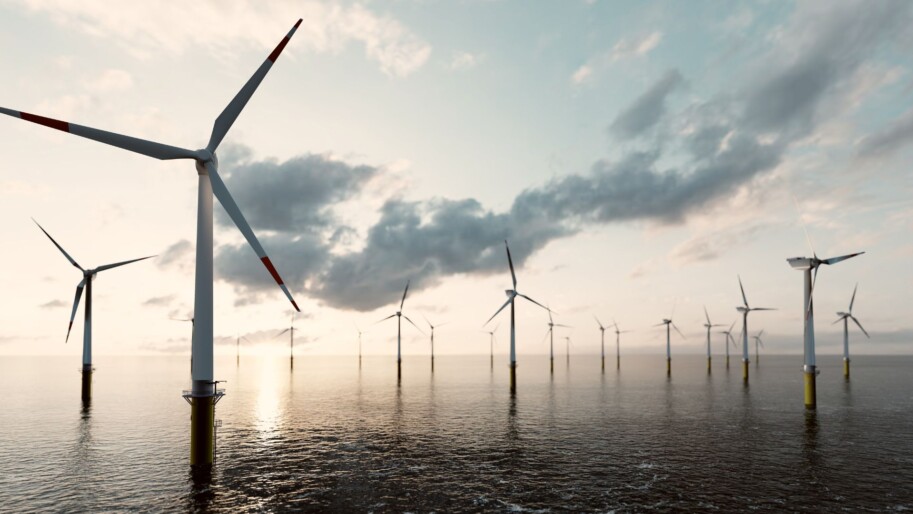Existing law:
- Requires the California Energy Commission, in coordination with relevant federal, state, and local agencies, to develop a strategic plan for offshore wind (OSW) energy developments installed off the California coast in federal waters, and requires the CEC to submit the strategic plan to the Natural Resources Agency and the Legislature on or before June 30, 2023;
- Requires the CEC, on or before June 1, 2022, to evaluate and quantify the maximum feasible capacity of OSW to achieve reliability, ratepayer, employment, and decarbonization benefits and to establish megawatt OSW planning goals for 2030 and 2045;
- Requires the CEC, in coordination with specified state entities, to work with stakeholders, other state, local, and federal agencies, and the OSW energy industry to identify suitable sea space for wind energy areas in federal waters sufficient to accommodate those offshore wind planning goals;
- Requires the CEC, in coordination with relevant state and local agencies, based on those identified sea spaces, to develop a plan to improve waterfront facilities that could support a range of floating OSW energy development activities;
- Requires the CEC, in consultation with specified state entities, to assess the transmission investments and upgrades necessary to support those OSW planning goals;
- Requires the CEC to develop and produce a permitting roadmap that describes timeframes and milestones for a coordinated, comprehensive, and efficient permitting process for OSW energy facilities and associated electricity and transmission infrastructure off the coast of California, and repeals these provisions on January 1, 2027.
This bill would:
- Require the CEC, in consultation with the State Lands Commission, to develop a 2nd-phase plan and strategy for seaport readiness that further analyzes the recommendations and alternatives in the strategic plan for OSW energy developments, and additional potential alternatives;
- Require the CEC to submit a report on the 2nd-phase plan and strategy to the Governor and the Legislature on or before January 1, 2026;
- Require the CEC, in coordination with the Governor’s Office of Business and Economic Development, to conduct a study on the feasibility of achieving 70% and 85% in-state assembly and manufacturing of OSW energy projects;
- Require the CEC to submit a report on the study to the Governor and the Legislature on or before July 1, 2027 and would repeal these provisions, including the existing law provisions described above, on January 1, 2031.
Full bill text and related information.

